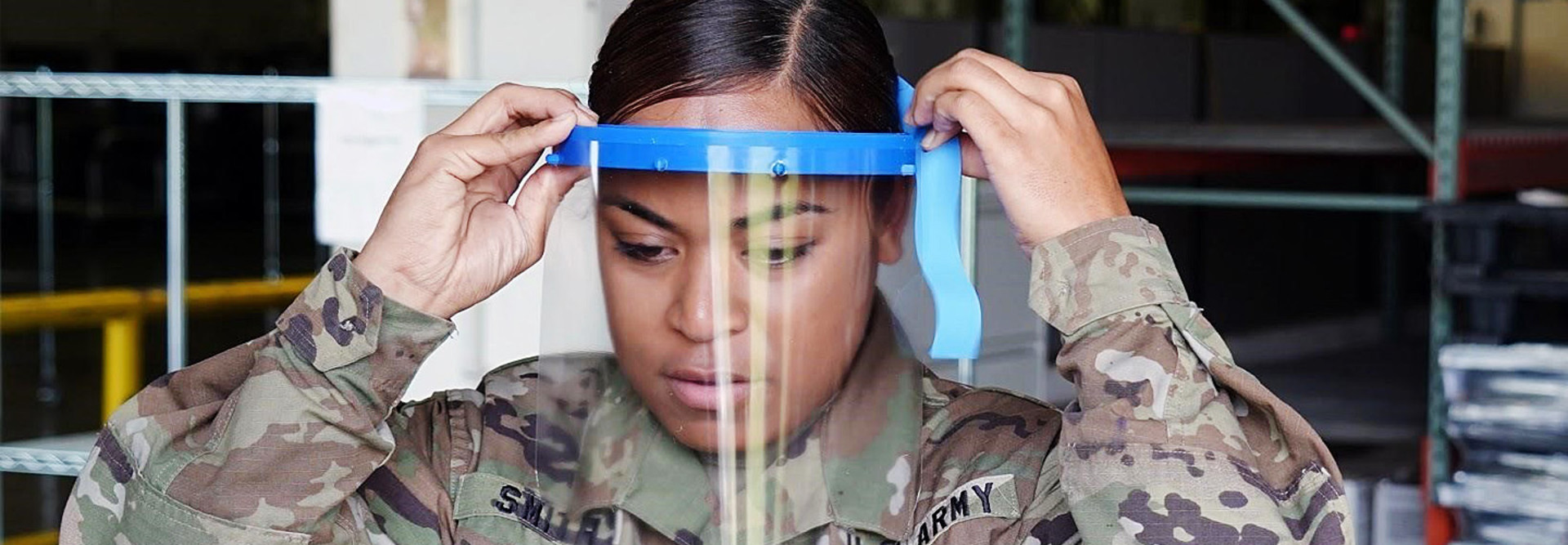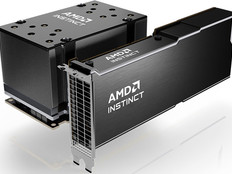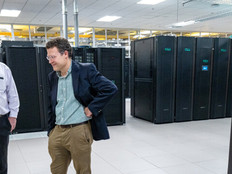Agencies Bring 3D Printing to the Front Line
3D innovation is also soaring in the military. The Army’s Center of Excellence for Advanced and Additive Manufacturing at the Rock Island Arsenal-Joint Manufacturing and Technology Center leverages 3D printing to save manufacturing costs, exceed schedule demands and produce intricate designs not possible with traditional manufacturing.
“The Army is operationalizing additive and advanced manufacturing to improve equipment readiness and war fighter capabilities at the tactical level,” says Brian Butler, deputy to the commander, U.S. Army Tank-automotive and Armaments Command. “Ultimately, the goal is to have the capability to print repair parts as needed and reduce production times to increase readiness with a rapid solution.”
In the Marine Corps, about 300 3D printers have been fielded worldwide, says Capt. Matt Audette, a project officer in the Marine Corps Systems Command’s Advanced Manufacturing Operations Cell.
In addition to prototyping and rapid printing capabilities, the MCSC can print objects in a wide range of sizes and materials, such as polymers, chopped carbon fiber, concrete and metal.
“It strengthens the supply chain while simultaneously shortening it,” Audette says. “Ninety-nine percent of the time the supply chain works great, but in some edge cases things can grind to a halt. With 3D printing, we can make items onsite.”
Using a large-scale printer and a concrete composite, the Marines built a 500-square-foot barrack in less than 40 hours. They are working with partners such as the Army Corps of Engineers to prototype and print other large construction objects, such as boats, buildings and bridges.
MORE FROM FEDTECH: Find out how the Marien Corps is using 3D printing.
Public-Private Partnerships Aid Crisis Response
And while the Marines can go big, they can also go very small. When a lance corporal at Camp Lejeune in North Carolina kept getting shocked by a worn-out microphone button, he turned to the 2nd Marine Logistics Group Makerspace for help.
“Typically, we’d have to throw away the radio,” Audette says. “Instead, the lance corporal and the design team created a clip that fits over the button. Now we can print one little clip for less than a dollar instead of replacing a $49 microphone. Those savings add up.”
Both the VA and the Marine Corps partnered with other federal agencies to help combat the COVID-19 crisis. “We joined forces with the Food and Drug Administration and the National Institutes of Health to work together on supply-chain issues, mainly designing and printing personal protective equipment,” Ripley says.











